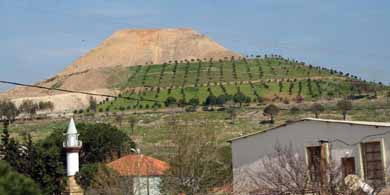
Troy, Dardanelles and Pergamum
I forecast this was going to be the high point of the trip - I was finally going to see Troy. Having read the Iliad when I was a teenager and hearing the controversies over if there was an actual Troy, and if so where, I couldn't wait to see for myself. No, I would not be disappointed or surprised to see it yet in ruins. And that's as it should be, in my mind. I had seen enough of the site on television programs to know it would not resemble Egyptian or Roman sites. Yet I was surprised at what we saw. There were more complete sections than I thought there would be, while the site was more pristine than I expected.
While I thought Troy would be the best stop on the trip, I was proved to be wrong. Ephesus, which I was told would be more than spectacular, was - and I had never heard of Cappadocia. It went far beyond "Surprise!" The result was that Troy satisfied a life-long yearning, but other potions of Turkey proved to be much more memorable.
To get to Troy we had to cross the Dardanelles, and we were excited to do so. What a famous piece of water.
The Dardanelles
The Dardanelles or the Çanakkale Boğaz, which was known as the Hellespont (Sea of Helle), is a narrow strait in northwestern Turkey connecting the Aegean Sea to the Sea of Marmara. It is one of the Turkish straits, along with its counterpart the Bosporus. The strait is 38 miles long but only ¾ to 4 miles wide, averaging 180 feet deep with a maximum depth of 300 feet. Water flows in both directions along the strait, from the Sea of Marmara to the Aegean via a surface current and in the opposite direction via an undercurrent.
Like the Bosporus, it separates Europe at the Gallipoli peninsula from the mainland of Asia. The strait is an international waterway, and together with the Bosporus, the Dardanelles connects the Black Sea to the Mediterranean Sea.
Hellespont
One of my favorite books is
titled Gates
of Fire, by Steven Pressfield, a
novel about Thermopylae,
where a small force of Greek warriors led by King Leonidas of Sparta held off
Xerxes' army for three days before Leonidas and all his men were killed.
Xerxes arguably would not had the opportunity to fight Leonidas at Thermopylae had he not built a bridge across the Dardanelles at Hellespont.
Xerxes had two bridges built across the Hellespont. Soldiers of many nationalities
served in the armies of Xerxes. According
to the Greek historian Herodotus, Xerxes’ first attempt to bridge the
Hellespont ended in failure when a storm destroyed the flax and papyrus bridge;
Xerxes ordered the Hellespont (the strait itself) whipped three hundred times
and had fetters thrown into the water. Xerxes' second attempt to bridge the
Hellespont was successful.
A note: My high point of our visit to Greece was to be Thermopylae. My sons, with a much broader background in history and having both read Gates of Fire, made me promise to take pictures of Thermopylae, the hot springs and the cliffs. Upon arrival I received the one of the greatest disappoints of my life – there is no Thermopylae. The cliffs are worn away. The two hot springs are rude ditches. A heavily traveled four lane divided highway runs through the remaining level ground where Leonidas would have stood, and the sea has receded at least five miles from this point. Don’t waste a moment on Thermopylae!
Crossing the Dardanelles

Europe left - Asia Right from Dardanelles
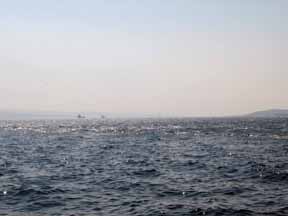
the Dardanelles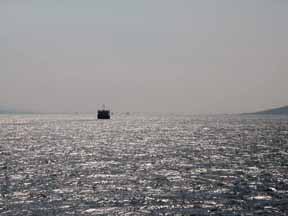
the Dardanelles

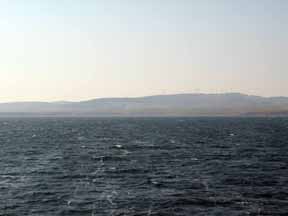
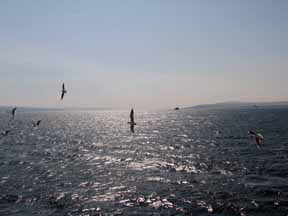
Looking towards the port of Gallipoli
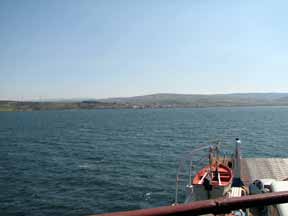
The ferry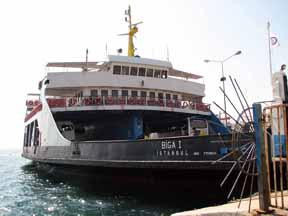
Dardanelles from port at Gallipoli
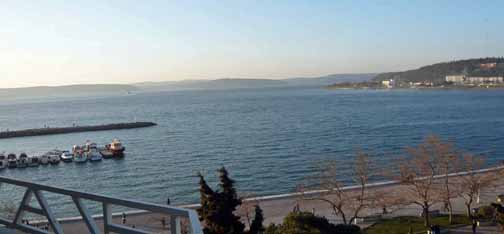
Gallipoli

Troy
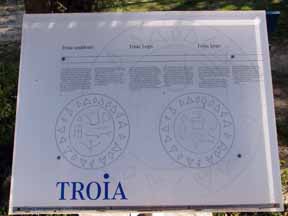
Troy, or in Turkish "Truva" was a city, both factual and legendary, located in what is now northwest Turkey. It is best known for being the focus of the Trojan War, as described in the Iliad, one of the two epic poems attributed to Homer. Trojan refers to the inhabitants and culture of Troy.
Today it is the name of an archaeological site, the traditional location of Homeric Troy, close to the seacoast in what is now Canakkale province in northwest Turkey, southwest of the Dardanelles under Mount Ida.
A new city of Ilium was founded on the site in the reign of the Roman Emperor Augustus. It flourished until the establishment of Constantinople and declined gradually during the Byzantine era.
In 1865 an English archaeologist, Frank Calvert, excavated trial trenches in a field he had bought from a local farmer at Hisarlik, near Truva and in 1868 a wealthy German businessman, Heinrich Schliemann, after a chance meeting between the two men in Canakkale, also began excavating in this area. Later excavations revealed several cities built in succession to each other. One of the earlier cities, Troy VII is generally identified with Homeric Troy.
The Horse, of course
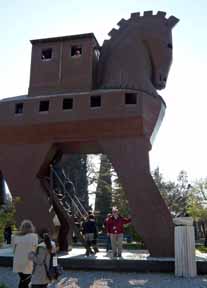
Troy as seen from the south, near South Gate
Looking back to visitor area from entrance walk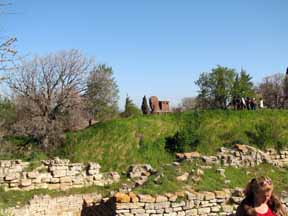
original path to troy thru gates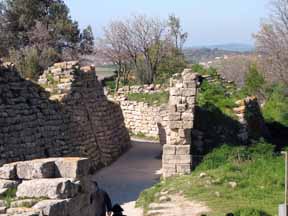
Path into troy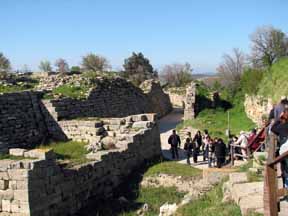
Entering thru an original street to Troy 
Walls along path 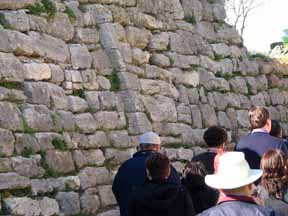
The Schlieman Trench
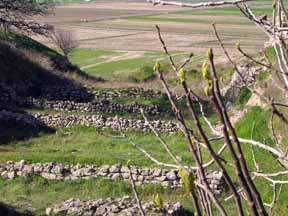
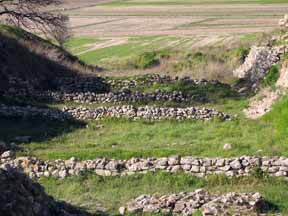
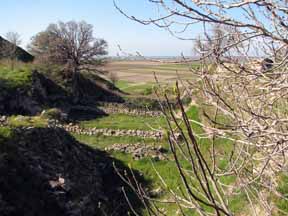
Where Schlieman trench stopped
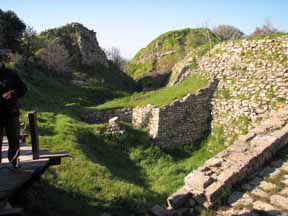
Where Schlieman found Troy treasure
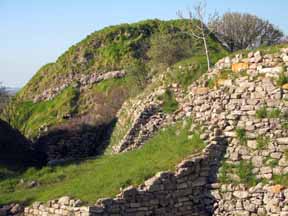
View from south - Protective cover seen in the right background

Troy 1 thru 7 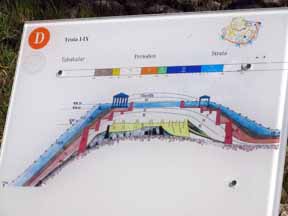
Protective cover for Original Troy - Troy 1
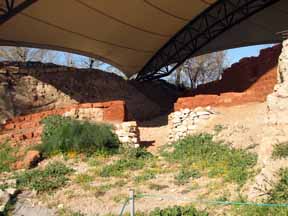
Oldest section of Troy 1 - adobe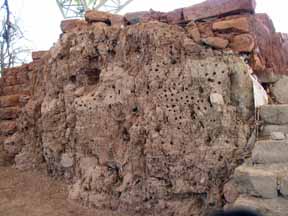
Foundation of stone for the adobe wall 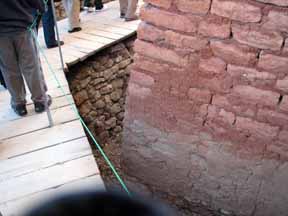
Part of troy - Original city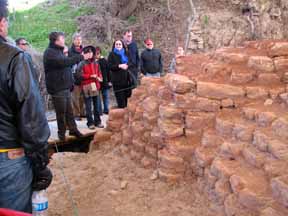
Part of Troy 1 - original walls

Rebuilt original Troy 1 wall
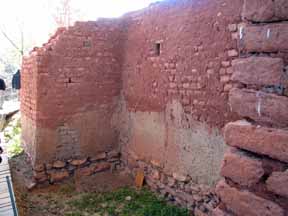
Well built in 300 BC - Depth Unknown
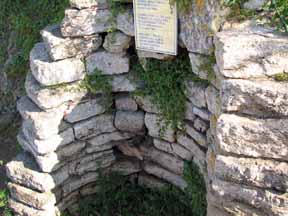
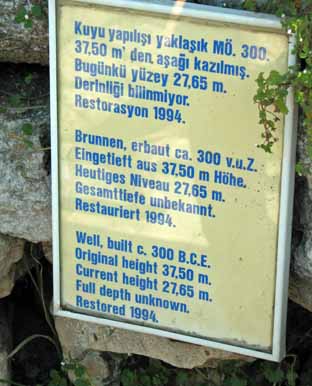
Temple of Athena

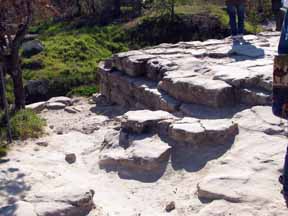
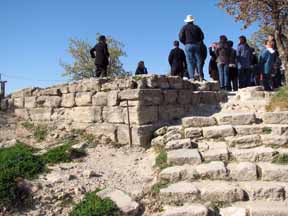
Alter and Sacrifice area below the Temple of Athena
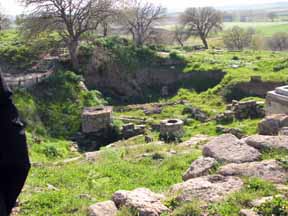
Sacrifice platform left - alter right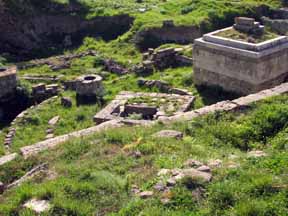
 Holes are for blood & remains of sacrifice
Holes are for blood & remains of sacrifice
Ship on the Dardanelles from the Temple of Athena - approx 6.5 k away

Cut showing Troy 1 thru Troy 12

Welcome to Troy through the Main Gate

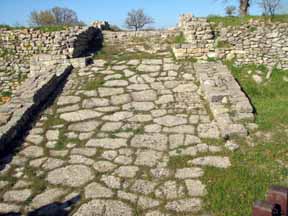
What city and Palace looked like from South Gate
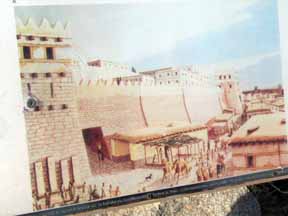
Palace remains
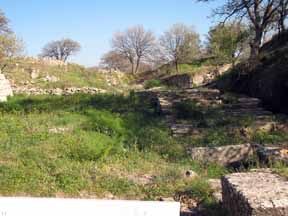
Palace walls
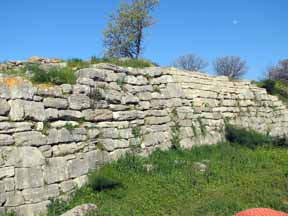
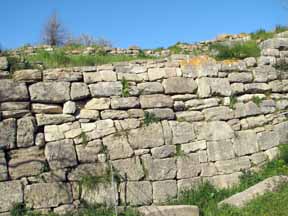
Small amphitheater

South Gate
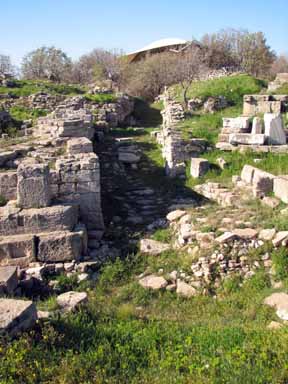
Road into Troy from south gate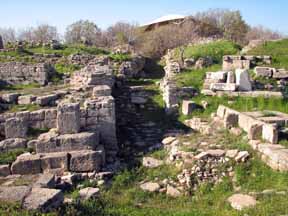
Street beside South Gate 
Typical troy view Remains of Troy near entrance
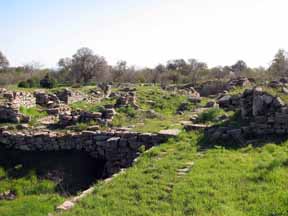
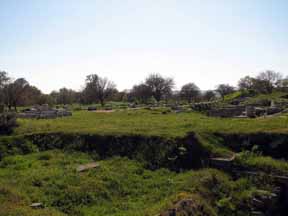
Fountain made from parts of ruins
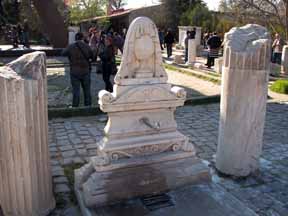 Remains at visitor area
Remains at visitor area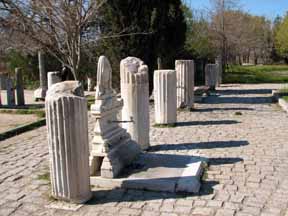
Its TROY for gosh sakes -
Ya got to have Trojan Horse pictures and poses!
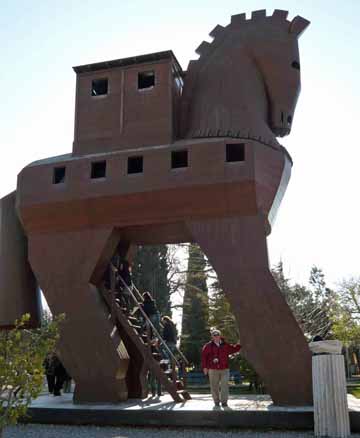
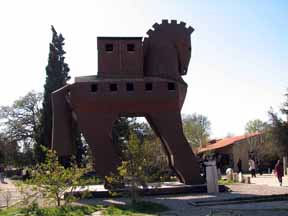
And so we leave Troy and head for Pergamum
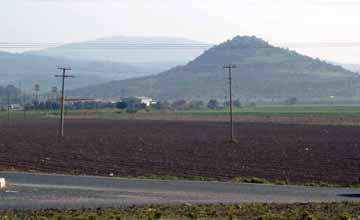
A dam near Troy Rocky hills and trees
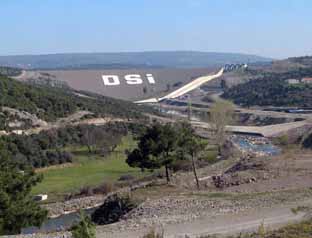
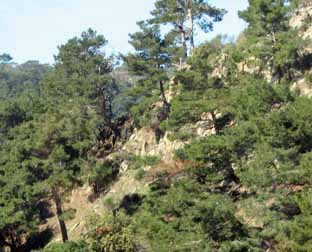
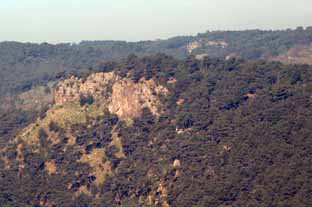
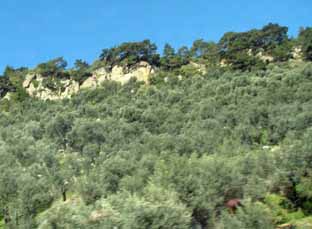

Crops, mining and a town - shoulder to shoulder As in all towns - TV dishes & laundry
